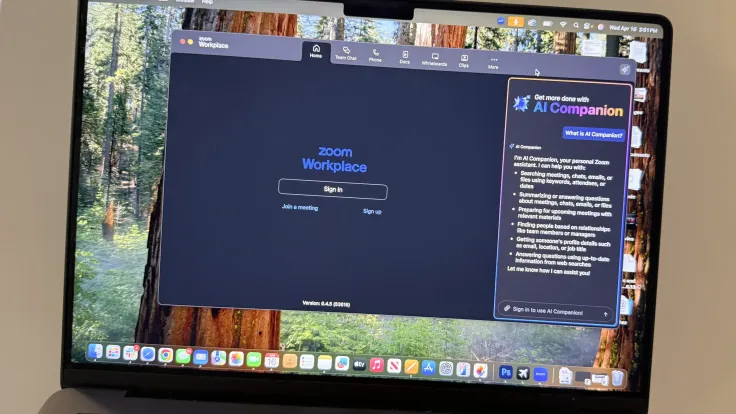Zoom's Epic Fail: A Domain Name SNAFU That Took Down the Internet (Almost)
Remember April 16th, 2025? For tens of thousands of people, it's the day Zoom decided to take an unscheduled vacation. For nearly two hours, the popular video conferencing platform went completely dark. No video calls, no website access, just… nothing. It was a major outage, and honestly, who saw that coming?
The Mystery of the Missing Domain
It wasn't a hack, or some massive server crash. Nope. Turns out, the whole thing boiled down to a simple – or should I say, not-so-simple – domain name registration error. Zoom, in all their techy glory, ran into a communication hiccup between their domain registrar, Markmonitor, and GoDaddy Registry. The miscommunication led to GoDaddy accidentally blocking "zoom.us." Can you even imagine the chaos?
DownDetector went bonkers, showing over 60,000 frustrated users reporting problems. Most couldn't access the website (around 46%), others had app issues (36%), and a fair chunk were locked out completely (18%). It was like watching a slow-motion trainwreck – you knew it was happening, but you couldn't do anything to stop it.
The Fallout: Meetings Missed and Tempers Frayed
While Zoom eventually got things sorted within a few hours, the damage was done. Think about it: important meetings cancelled, presentations postponed, and a whole lot of scrambling to find alternative platforms. It was stressful, to say the least. And Zoom’s response? A bit… clinical. They focused on the technical fix, but seemed to miss the part about acknowledging the massive inconvenience caused to their users. A little empathy would have gone a long way, don't you think?
GoDaddy's Shaky Reputation
This whole mess also put a spotlight on GoDaddy's past security issues. They’ve faced criticism before for their security practices, and this incident certainly didn't help. It's a stark reminder that even the biggest companies rely on other services – and that relying on third-party services for your core infrastructure is a gamble. You know how sometimes things just spiral? This is exactly that.
Lessons Learned (Hopefully)
The Zoom outage is a powerful example of how interconnected our digital world really is. A tiny mistake can create enormous problems. This situation highlights the importance of having backup plans, rock-solid communication, and a little bit of foresight. Companies need to remember it's not just about fixing the tech; it's about acknowledging the human cost of these outages. And maybe, just maybe, choosing more reliable partners.
It makes you wonder, doesn't it? What other unseen vulnerabilities are lurking just beneath the surface? It's a sobering thought, especially when you consider how much we depend on these online services every single day. Read more about this and other tech news on TechRadar Pro.






